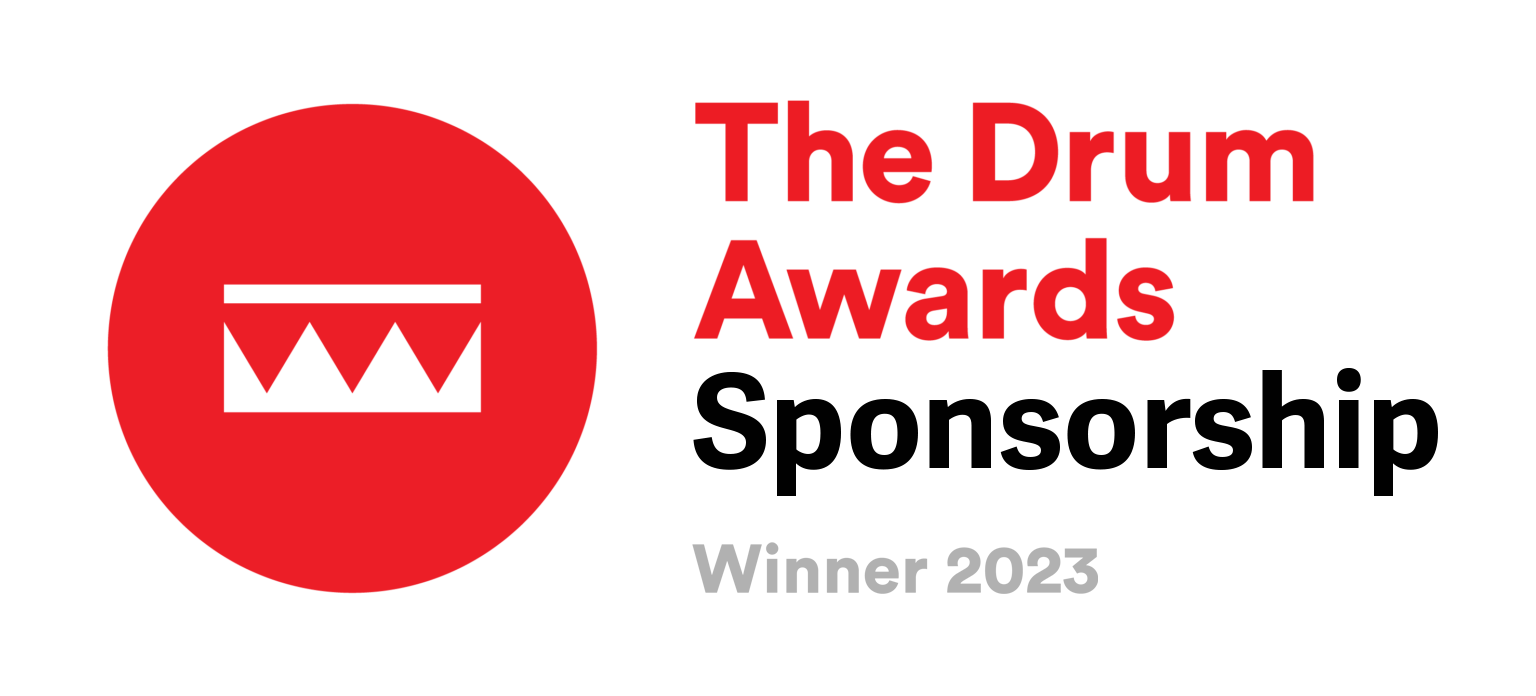Date Added: 24.06.2025
Mins Read: 3 mins
Author: Chris Southgate
How to analyse brand positioning
How to analyse brand positioning
Whether you’re an ambitious start-up or a well-established name, how you position your brand can determine your long-term success. But before you can sharpen or shift your brand positioning, you need to understand where you currently stand, and how that compares to your competitors.
At CHS, we’ve spent over 50 years helping brands find their voice, sharpen their identity, and claim their space in the market. Our strategic and creative teams work closely with clients to define powerful brand positioning that not only reflects who they are, but resonates deeply with the people they’re trying to reach. Whether it’s launching a new brand, repositioning an established name, or finding a fresh narrative to cut through the noise, we bring clarity, insight, and impact to every stage of the journey.
So, what is brand positioning, and how can businesses analyse and optimise it?
What is brand positioning?
Brand positioning refers to the unique space your brand occupies in the mind of your target audience. It’s how people perceive your brand in relation to others and it’s shaped by everything from your visual identity and tone of voice to your customer experience and core values.
Put simply: it’s the answer to the question, “Why should someone choose your brand over another?”. A strong brand positioning strategy helps you to create emotional connections with your audience, command price premiums and build loyalty and long-term brand equity.
Types of brand positioning strategies
There’s no one-size-fits-all approach to positioning a brand. The strategy you adopt should align with your brand’s purpose, audience, and category. Here are some of the most common positioning strategies:
Price-Based Positioning
Brands using this approach compete by offering the most affordable option in the market. Think: budget airlines or discount retailers. For example, Aldi has built its reputation around no-frills, low-cost grocery shopping. Its positioning focuses on delivering quality products at unbeatable prices, targeting cost-conscious shoppers without compromising on essentials.
Benefit-Based Positioning
This strategy focuses on a standout product feature or unique benefit. For example, a toothpaste brand might highlight whitening power or cavity protection. Colgate Total would be a good example here, as they are positioned around offering 12-hour protection and multiple oral care benefits in a single toothpaste. Its messaging is simple: one product, total mouth health.
Lifestyle Positioning
Here, the brand taps into the attitudes, aspirations, or identities of its audience—becoming a badge of belonging rather than just a product. For example, Patagonia doesn’t just sell outdoor gear - it promotes a sustainable, adventurous lifestyle and environmental activism. Its customers don’t just buy jackets; they buy into a movement.
User-Based Positioning
This approach defines the brand around a particular audience segment. For example, Nike has developed a distinct brand identity for its women’s line, celebrating female athletes, inclusivity, and empowerment
Problem/Solution Positioning
Some brands centre their positioning on solving a specific customer pain point—whether that’s saving time, reducing stress, or improving health. For example, Headspace positions itself as the go-to app for reducing stress and improving mental wellbeing. Its messaging is centred around helping people feel better through guided meditation and mindfulness tools.
How to analyse your brand positioning
Once you understand the different positioning strategies, the next step is to assess where your brand sits and whether it’s in the right place. Here’s how to go about it:
Conduct an internal brand audit
Start by reviewing your brand’s current messaging, values, tone of voice, visual identity, product offering, and customer experience. Does everything align with your intended positioning? Are you communicating a clear and consistent message?
Gather customer insights
Your audience’s perception is ultimately what defines your brand’s position. Use surveys, interviews, focus groups, and social listening to uncover how customers actually see your brand—versus how you want to be seen.
Key questions to ask:
- What words or emotions do people associate with your brand?
- What do they think makes you different?
- Why do they choose you (or not)?
Map the competitive landscape
Identify your key competitors and analyse their positioning. Look at their messaging, tone of voice, brand values, visual identity, pricing, product benefits, and customer reviews. This will help you identify:
- Who is competing on similar ground
- Where there’s overlap or confusion
- Where gaps or white space exist in the market
You can visualise this by creating a brand positioning map—a simple chart plotting brands based on two key attributes (e.g. price vs. quality, innovation vs. tradition, etc.).
Evaluate brand performance metrics
Your performance data can also give clues about your positioning strength. Look at:
- Brand awareness and recall
- Customer satisfaction and loyalty
- Share of voice in your category
- Website traffic and engagement
- Conversion rates vs. competitors
If your positioning is resonating, you should see strong performance and differentiation. If not, it may be time to reposition or refine your messaging.
Align your brand with your business goals
Finally, ensure your brand positioning supports your wider strategic objectives. Are you trying to break into a new market, appeal to a younger audience, or premiumise your offering? Your positioning should evolve to support those ambitions.
Analysing brand positioning isn’t just a box-ticking exercise, it’s a crucial step in creating a brand that connects, converts, and grows. At CHS, we help brands uncover what truly makes them distinctive and find the right space to own and defend. Whether you’re starting from scratch or ready for a strategic refresh, we’re here to help you stand apart for the right reasons.
Our
Awards
B2B Campaign Winner 2024

Sponsorship Winner 2022

Best Paid Social Winner 2021

Best Use of Video Winner 2021

Highly Commended - PMAs 2022

Best Finance Campaign 2021

Best Financial Services
Campaign Winner 2020

Best Financial Services
Campaign Winner 2020

Rated 9.2 out of 10
from our clients

Marks & Spencer Food Portraiture 2nd Place 2020


